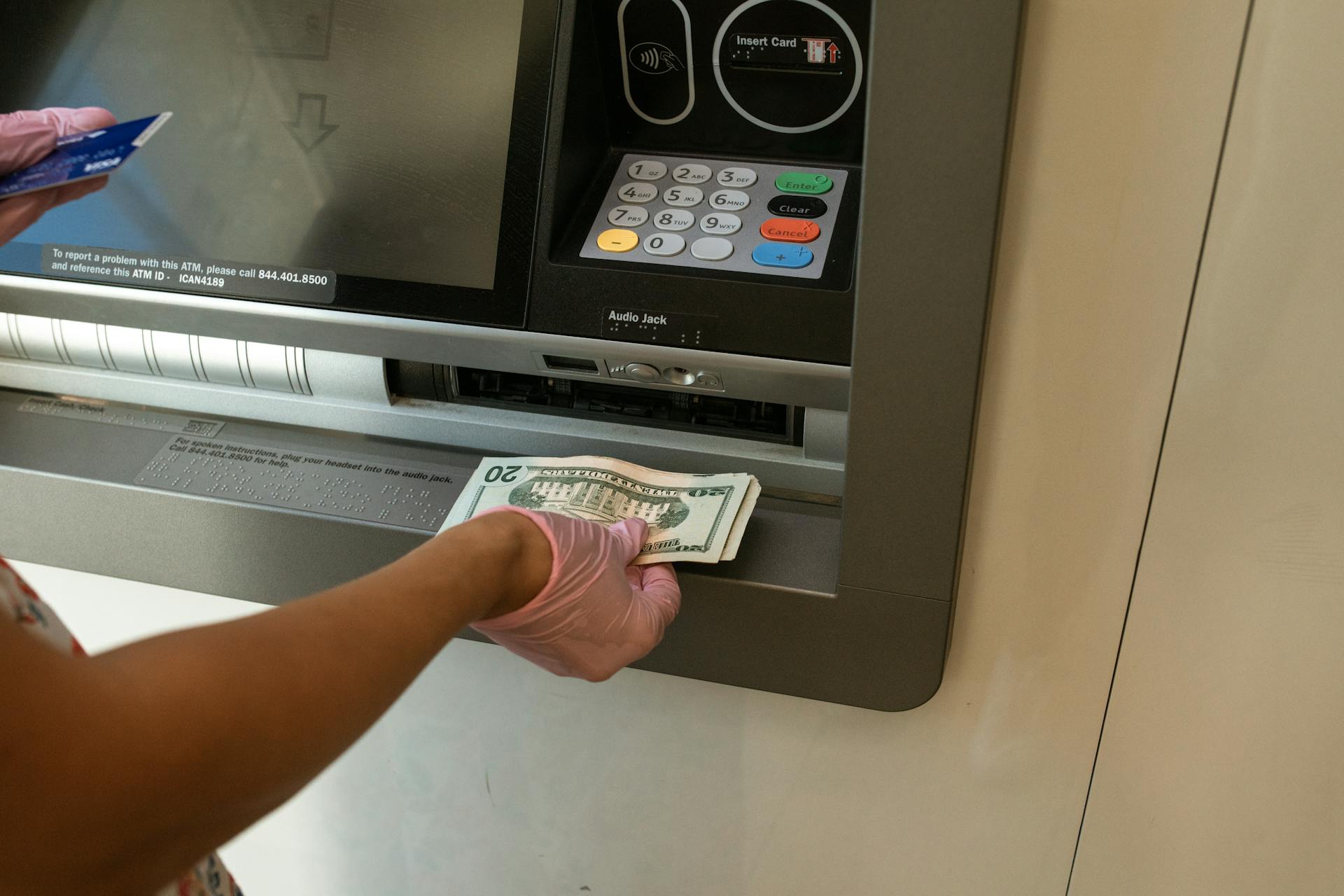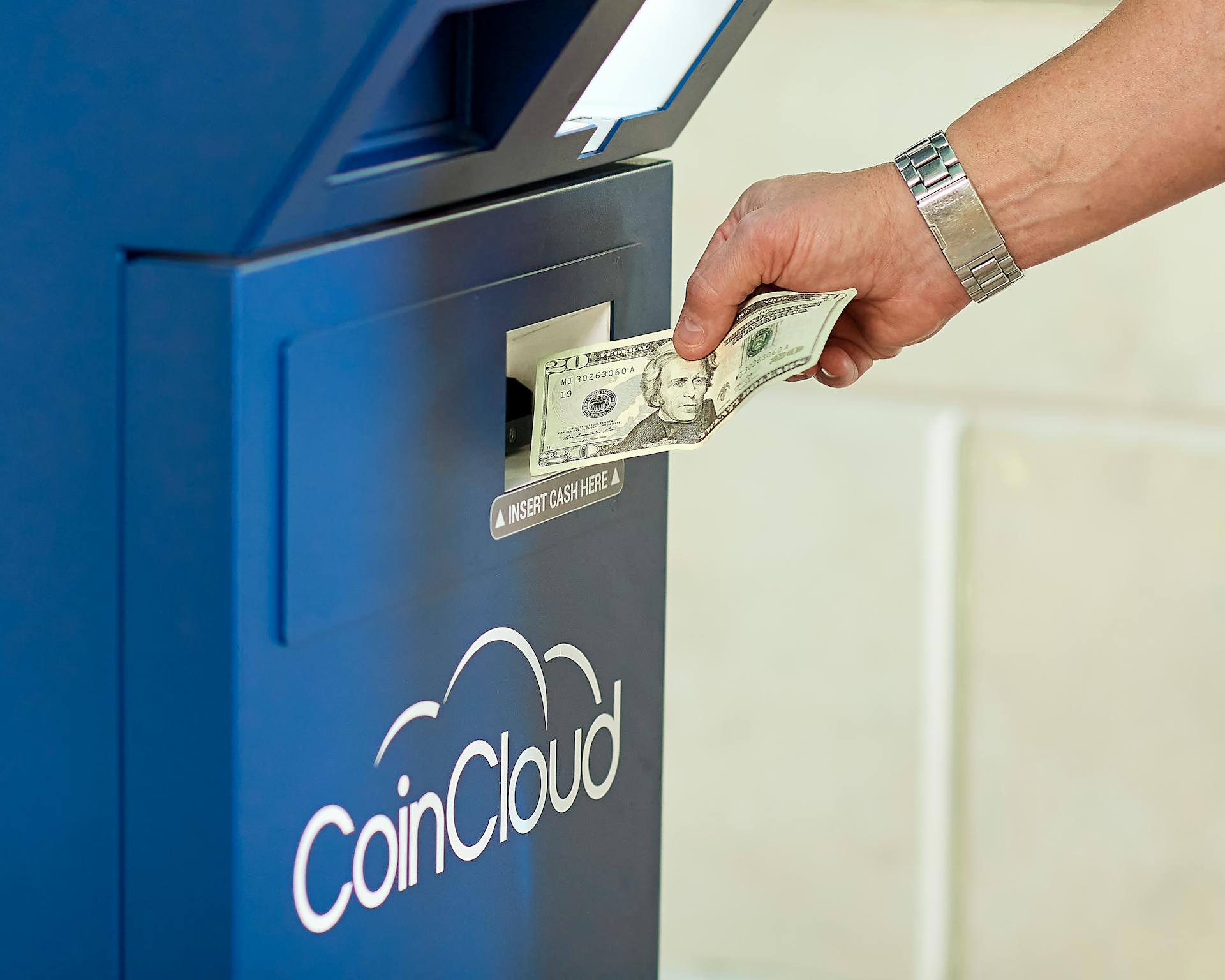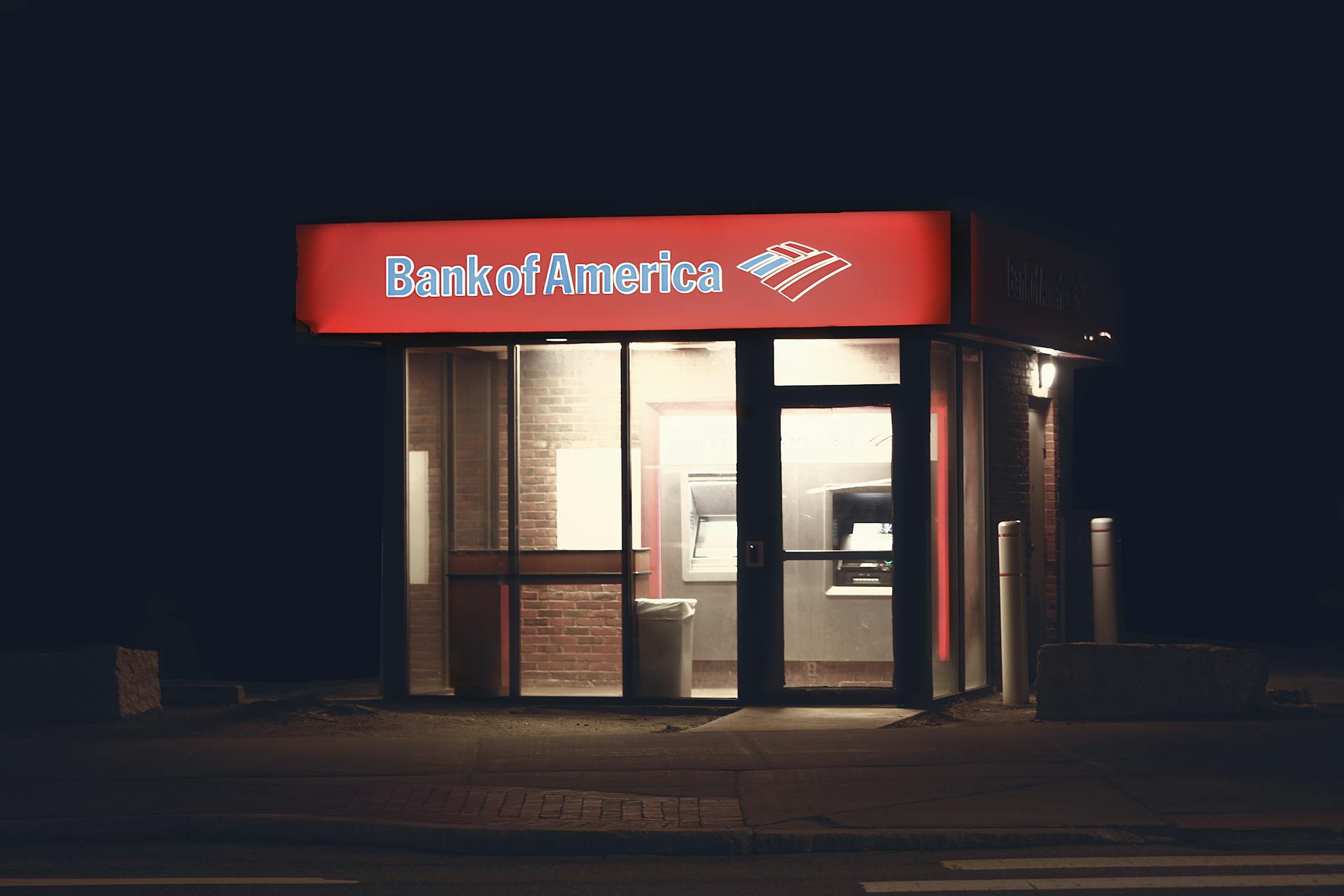
Let's break down the main differences between an ATM card and a debit card. An ATM card is a type of card that allows you to withdraw cash from an ATM machine.
One key difference is that an ATM card is typically linked to a savings account, which means you can only withdraw cash from your savings account.
You can use an ATM card to withdraw cash at any ATM machine, and you'll be charged a fee by the ATM operator for the transaction.
What Are ATM and Debit Cards?
A debit card is essentially a convenient plastic payment card that enables cashless transactions, allowing you to make payments and withdraw cash at ATMs, online, and offline.
Debit cards are issued by banks when you open a savings account with them, making it a direct link to your bank account.
You'll need to enter your PIN or swipe your card for all transactions, whether it's withdrawing cash from an ATM or making a payment.
Funds are directly deducted from your linked bank account in all transactions, so it's essential to keep track of your balance to avoid overdrafts.
Debit cards are widely accepted, making them a go-to payment option for many people.
See what others are reading: Four Corners Model for Payment Security
Fees and Charges
Debit cards don't have annual membership fees or cash-advance charges, but there are other potential fees to consider.
Out-of-network ATM fees can be a significant charge, usually around $3, if you use an ATM that isn't in your bank's network.
Foreign transaction fees can range from 1% to 3% of the transaction amount if you make purchases or ATM withdrawals outside the U.S.
Debit card replacement fees are generally small, sometimes free, but expedited delivery may cost more if the card is lost or stolen.
Some banks charge monthly account maintenance fees for checking accounts and debit card holders, but these fees can usually be waived if you maintain a minimum balance or have a certain amount of money deposited into your account on a monthly basis.
Here are some typical debit card fees to watch out for:
- Out-of-network ATM fee: Usually around $3.
- Foreign transaction fee: Usually 1% to 3% of the transaction amount.
- Debit card replacement fee: Generally a small fee, sometimes free.
- Overdraft or nonsufficient funds fee: Sometimes $35 or higher.
- Monthly fees: Can be waived with a minimum balance or regular deposits.
Key Features and Benefits
Debit cards come with personal identification numbers (PINs) that let you withdraw cash from ATMs. You can also make purchases with these cards, and some debit cards offer rewards, similar to credit card rewards.
Here are some key features and benefits of debit cards:
Some debit cards offer rewards, such as 1% back on purchases, and others come with cashback programs and other perks.
Components of a
Debit cards come with personal identification numbers (PINs) that let you withdraw cash from ATMs and make purchases.
A debit card is a card linked to your checking account, and the amount of money you can spend on it is determined by the amount of funds in your account.
You can use a debit card to get cash from an ATM, or you can make purchases with it like you make purchases with credit cards.
Debit cards usually have daily purchase limits, meaning you can't spend more than a certain amount in one 24-hour period.
Debit cards draw the funds immediately from the affiliated account, so your spending is limited to what’s available in your checking account.
As a merchant, you can only accept debit cards or cards associated with a network like MasterCard or Visa as a form of payment.
Here's an interesting read: What Are a and B Shares
Benefits
Debit cards offer numerous benefits that make them a convenient and secure way to manage your finances. You can use debit cards to withdraw cash from ATMs, making it easy to access your funds anytime, anywhere.
Instant cash withdrawal is one of the key benefits of debit cards. According to Example 4, "Benefits of an ATM card", you can withdraw cash from ATMs with an ATM card, providing quick access to funds. This feature is especially useful in emergency situations or when you need cash for a specific purchase.
Debit cards also offer account balance inquiry, allowing you to check your account balance quickly through an ATM. This feature is also mentioned in Example 4, "Benefits of an ATM card", where users can check their account balance quickly to stay informed about their financial status.
Another benefit of debit cards is the ability to make purchases online and offline. According to Example 5, "Benefits of a debit card", debit cards facilitate cash withdrawals from ATMs and can be used seamlessly for online and offline transactions. This feature makes it easy to shop online or make purchases in-store without the need for cash.
Worth a look: Small Balance Commercial Loans
Here are some of the key benefits of debit cards:
- Usage Versatility: Debit cards can be used for cash withdrawals, online transactions, and offline purchases.
- Internet Banking Access: Debit cardholders can enjoy the convenience of Internet banking services, providing a secure and efficient way to manage their accounts.
- PIN Security: Debit cards offer PIN security, allowing users to change their PIN to enhance security measures.
- Universal Accessibility: Debit cards offer round-the-clock usability, empowering users to make transactions anytime and from any location.
- Rewards and Incentives: Certain debit cards come with reward programs, allowing users to earn points or incentives for specific transactions.
- Globally Accepted: Depending on the specific card, debit cards are widely accepted internationally, providing users with a convenient payment option during global travels.
By using a debit card, you can avoid going into debt and enjoy the convenience of making purchases without the need for cash. According to Example 9, "Pros Explained", debit cards are safer than cash and don't incur debt, making them a great option for managing your finances.
Getting Online
You can get a debit card online from any financial institution that lets you open a checking account online and provides a debit card.
Most online banks and traditional brick-and-mortar banks allow you to sign up digitally, making it easy to get a debit card online.
You can also get a debit card online from online banks, which often have simpler and more streamlined processes.
Traditional brick-and-mortar banks that offer online services can also provide debit cards online, giving you more options to choose from.
Opening a checking account online and getting a debit card is a convenient way to manage your finances and make transactions.
Here's an interesting read: Checking Account Deposit Slip
Comparison and Differences
A debit card can be used to make purchases as well as withdraw cash from an ATM, but a typical ATM card is used exclusively for withdrawing cash from a machine.
ATM cards are limited to national use, whereas debit cards can be used internationally. Debit cards are also more common than ATM cards and have a wider range of uses, including point of sales (POS) transactions and paying bills.
Debit cards are electronic versions of checks, and when you make a purchase with your debit card, the funds are immediately taken out of your checking account. You can also run your debit card transaction as a credit transaction, which postpones the debit.
Here's a comparison of ATM cards and debit cards:
Debit cards have several pros, including being safer than cash, not incurring debt, and having easier qualifications than credit cards. However, debit cards also have some cons, such as limiting expenditures to cash in the bank and/or a daily amount, potentially incurring fees, and having fewer perks than credit cards.
Frequently Asked Questions
Can you use an ATM card as a debit card?
No, an ATM card is not the same as a debit card, and it can only be used at an ATM for specific functions. You can use a debit card for more transactions beyond just ATM withdrawals.
How do I know if my ATM card is debit or credit?
Check your ATM card for a "credit" or "debit" label, which is usually printed on the card. If you can't find a label, it's best to contact your bank for confirmation.
Can a debit card be used as an ATM card?
Yes, a debit card can be used to withdraw cash from ATMs. It also allows you to access your checking account for various transactions.
Sources
- https://www.investopedia.com/terms/d/debitcard.asp
- https://www.nerdwallet.com/article/banking/what-is-a-debit-card
- https://www.idfcfirstbank.com/finfirst-blogs/finance/difference-between-an-atm-card-and-debit-card
- https://atmdepot.com/articles/atm-card-debit-card/
- https://www.kotak811.com/insights/debit-cards/difference-between-debit-card-and-atm-card
Featured Images: pexels.com


